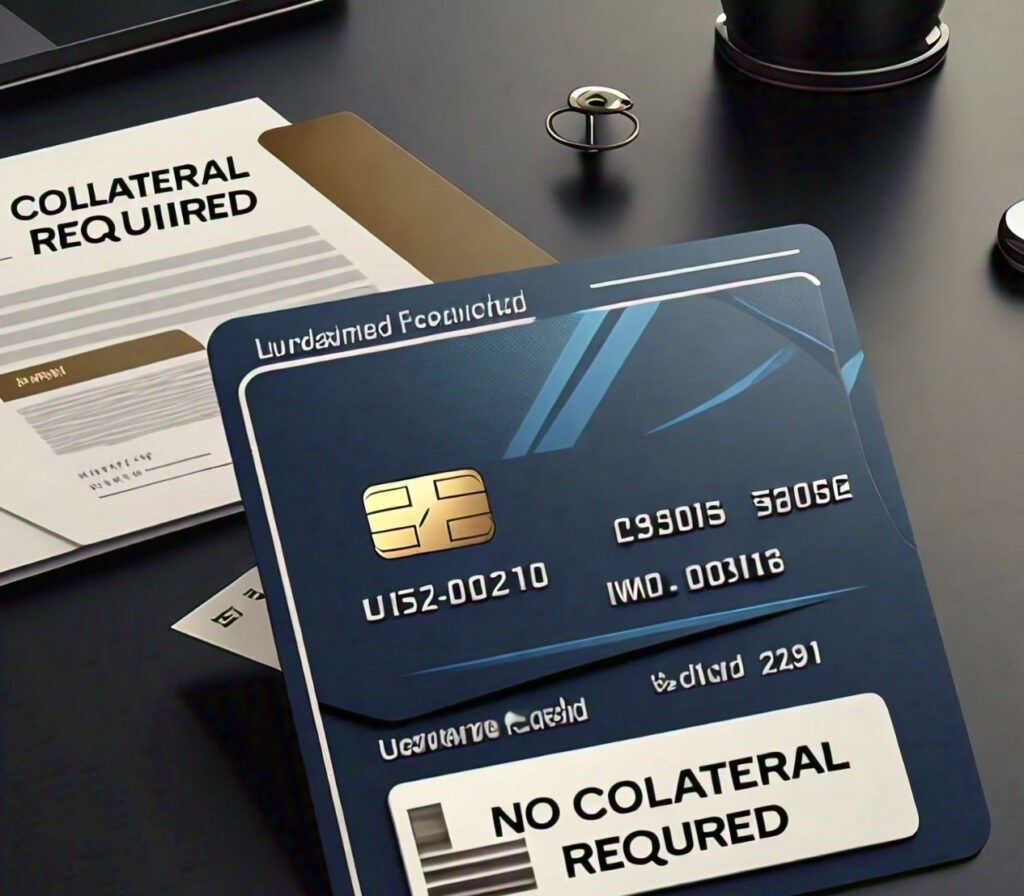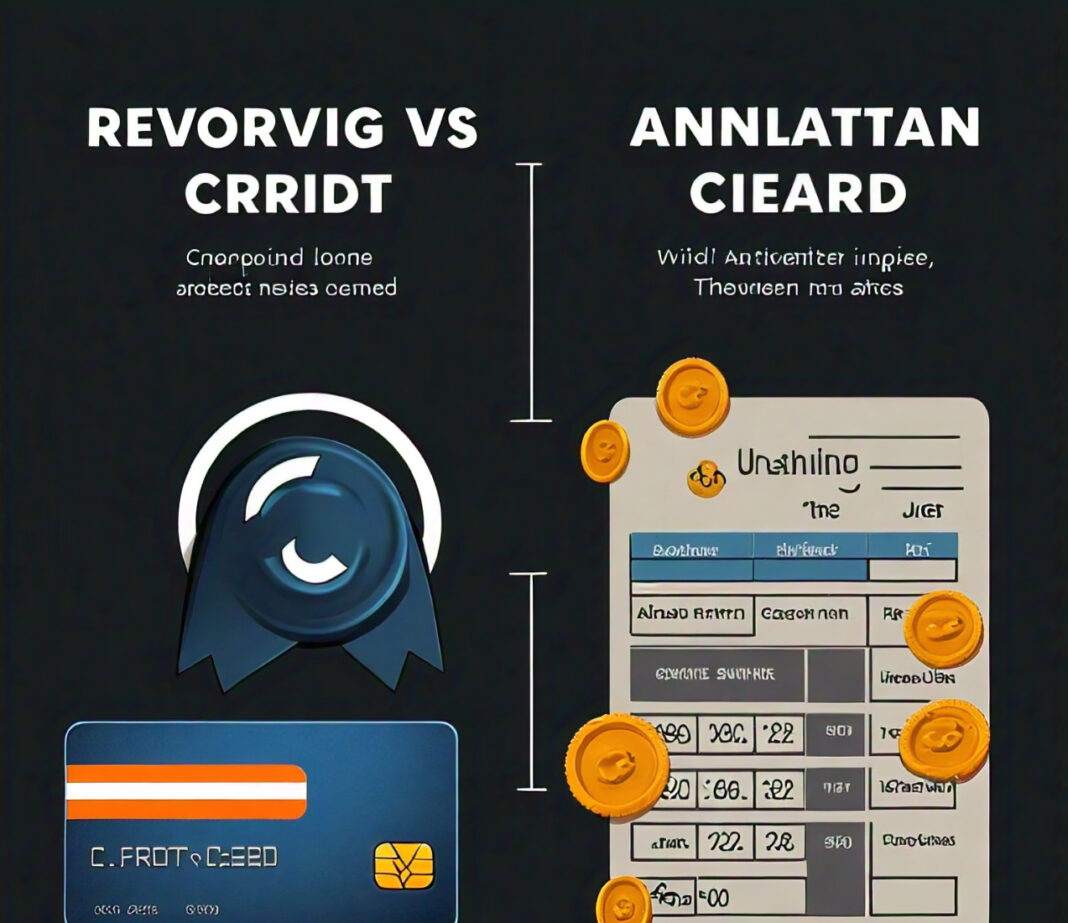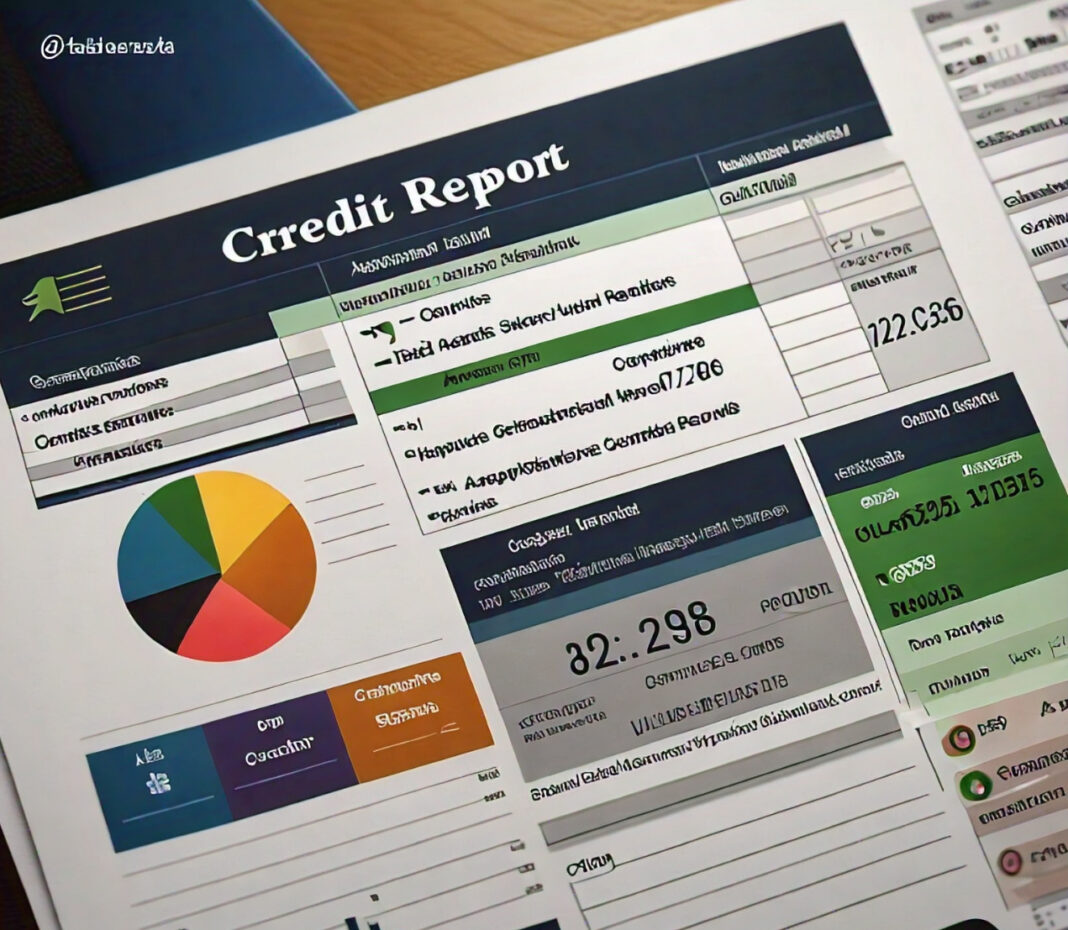In personal finance, the world of credit serves as a very good means for an individual to accomplish his goals or for a business organization to take its project to an advanced level. Whichever way, whether one is looking to purchase a house, start up a business venture, or simply cover his daily expenses, understanding the numerous types of credit out there will enable him to make informed decisions concerning his financial future. There are, therefore, basically two major categories of credit you are likely to come across: secured and unsecured credit.

The coming comprehensive guide shall explore the differences that secured and unsecured credits have, their benefits, and drawbacks, and how they may impact your financial health. We are going to look into a number of secured and unsecured credit products, discuss the requirements for qualification for each kind, and make some inferences about which may best fit your certain need. By the end of this article, you will know precisely what these two credit types mean and how to make your decision on your options when borrowing.
What is Secured Credit?
Secured credit is a type of loan that is collateralized. Collateral is an asset that a borrower promises a lender as security for a loan. In case the borrower defaults in paying his or her loan as agreed, the lender has the right to take the collateral to cover his or her loss.
Key Features of Secured Credit
- Collateral requirement: The borrower is required to provide an asset as security for the loan.
- Lower interest rates: Generally, have lower interest rates compared to unsecured credit.
- Higher borrowing limits: A lender may want to lend more money.
- Longer repayment terms: Often, these have longer periods of times for repayment.
- Easier approval: It may be easier to get this type of credit, even when one has poor credit.
Common Types of Secured Credit
- Mortgage: Loans using the home being purchased as collateral against the loan.
- Auto loans: These loans are taken for financing vehicles wherein the vehicle itself acts as collateral.
- Secured credit cards: These are credit cards for which a cash deposit is required as security or collateral.
- Home equity loans and lines of credit: This would involve borrowing against the equity in your house.
- Secured personal loans: Personal loans extended against collateral, which may be a savings account or a vehicle.
Advantages of Secured Credit
- Lower interest rates: Lenders’ lower risk usually translates to better rates for borrowers.
- Higher borrowing limits: Lenders can offer larger loan amounts with collateral.
- Easier approval: Those even with imperfect credit may qualify.
- Possible credit improvement: Consistent responsibility with payments allows one to build or rebuild credit.
Disadvantages of Secured Credit
- Risk of losing collateral: Failure to repay involves the possibility of losing your pledged asset.
- Longer approval process: It may involve the valuation of collateral, hence taking longer in the approval stage.
- Risk of negative equity: If your collateral decreases in value you may be required to pay more than its market value.
- Collisional constraint: The collateral tied to a particular loan may not be available for any other financial purpose.
What is Unsecured Credit?
Unsecured credit is a loan that has no collateral. In this regard, lenders approve this type of loan to borrowers with the basis being their creditworthiness, which comprises, more so of credit score, income, and the existing debts.
Key Features of Unsecured Credit
- No collateral required: A borrower does not have to pledge any assets.
- Higher interest rates: Usually carry higher rates because of the high risks involved for the lender.
- Shorter repayment terms: Usually, their tenures of repayment are much shorter compared to secured loans.
- Credit-based approval: Tend to be highly dependent on a borrower’s credit history and score.
- Quicker approval process: Generally faster to get than secured credit.
Common Types of Unsecured Credit
- Credit cards: The most popular source of unsecured credit.
- Personal loans: Used for just about everything one might want with no collateral.
- Student loans: Loans for covering higher education fees.
- Lines of credit: Revolving credit accounts that are not collateralized.
- Medical credit cards: For medical procedure financing exclusively.
Pros of Unsecured Credit
- No collateral risk: You do not risk losing certain assets in case of default.
- Quicker approval: Application processing is sometimes faster and easier.
- Flexibility: Funds can often be used for several different purposes.
- Unsecured debt may be discharged in bankruptcy: Unlike some secured debts.
Cons of Unsecured Credit
- Higher interest rates: The lenders’ higher risk means higher costs for the borrower.
- Lower borrowing limits: The lenders grant smaller amounts with unsecured loans compared to the secured ones.
- Stricter qualification requirements: Good to excellent credit is often needed to get approved.
- Potential for legal action: While no asset faces risk, the lenders can always sue for compensation if one defaults.
How Secured and Unsecured Credit Affect Your Credit Score
Both secured and unsecured credit could have impacts on your credit score, but they may have a slight variation in the way they impact it.
Impact of Secured Credit on Credit Scores
- Payment history: Making payments on time for secured loans positively affects your score.
- Credit mix: Secured loans in your credit profile will help with improving your credit mix.
- Credit utilization: When it comes to credit cards, which are also secured, keeping a low balance related to your limit helps your score.
- Length of credit history: Long-term secured loans or even credit cards will help your score.
Unsecured Credit and Their Impact on Credit Scores
- Payment history: On-time payments are a top priority to maintain a good credit score.
- Credit utilization: This is important, especially for credit cards. Keeping balances low will add value to your score.
- Length of credit history: Long-held unsecured accounts help to give you an excellent credit history.
- New credit inquiries: This means when you apply for more than one unsecured credit in a short period of time, your score may be negatively impacted for the short term.
Qualifying for Secured vs. Unsecured Credit
Secured and unsecured credit has various ways of qualifying. Understanding these may better prepare you when applying for credit. To understand how these vary in qualification, let’s examine each type of credit.
Qualifying for Secured Credit
- Credit score requirements: These are usually less stringent since there is collateral involved in the transaction.
- Income verification: Lenders will want to verify that you are in a position to make the payments.
- Collateral valuation: It will be important to appraise the value of your pledged asset.
- Debt-to-income ratio: It is still taken into consideration but sometimes it may not be as strict as in unsecured credit.
- Down payment: In many secured loans, there will be required a down payment, such as for mortgage loans.
Qualifying for Unsecured Credit
- Credit score requirements: Typically need good to excellent credit to get approved.
- Income verification: Lenders check your capability of returning the amount without collateral.
- Debt-to-income ratio: A smaller ratio enhances the chances of acceptance.
- Employment history: Frequently, there is a prerequisite for stable employment.
- Credit history: It is vital to have an extended time of credit history with good quality.
Choosing Between Secured and Unsecured Credit
The decision between secured and unsecured credit can depend on many factors, which may include your financial situation, credit score, and borrowing needs.
When to Consider Secured Credit
- Large purchases: Such as buying a home or car.
- Lower interest rates: If you want to minimize borrowing costs.
- Building or rebuilding credit: Secured credit cards can be excellent tools for this.
- Poor or limited credit history: Secured options may be more accessible.
- Debt consolidation: Home equity loans can be used to consolidate high-interest debts.
When to Consider Unsecured Credit
- Short-term borrowing needs: Expenses you can pay off quickly.
- No assets to use as collateral: Or if you prefer not to risk your assets.
- Good to excellent credit: To enjoy favorable unsecured credit terms.
- Speedy funding: This is very helpful when you need funds fast and do not want to go through a long process of approval.
- Freedom of use: Use it as you wish, for whatever purpose, without being constrained by issues attached to collateral.
How to Responsibly Manage Secured and Unsecured Credit
Whatever type of credit you choose to utilize, proper handling of that credit will be extremely important in maintaining your financial health and your score in good standing.
How to Manage Secured Credit
- Understand the terms: Know what happens when you default.
- Pay on time: If at all possible, set up automatic bill payments.
- Keep an eye on your collateral’s value: Particularly if it is something that depreciates.
- Consider extra payments: Assuming this is allowed, it can help you build equity faster.
- Keep collateral insured: For the life of the loan, to protect your collateral as outlined in the terms of the loan.
Unsecured Credit Management Tips
- Pay more than the minimum: Especially with credit cards, to help avoid high interest charges.
- Keep credit utilization at a low percentage: At 30 percent or less of your credit limits.
- Keep an eye on your credit: You are entitled to one free credit report from each of the major companies every year.
- Don’t max out your credit cards: This can negatively impact your credit score.
- Be Careful with Balance Transfer: Know the terms and associated fees.
The Future of Secured and Unsecured Credit
With evolving financial technology, new trends are emerging in both secured and unsecured credit facilities:
- Digital Collateral: Using cryptocurrencies and other digital assets for collateral.
- AI-driven Credit Decisions: More sophisticated risk assessment for both types of credit.
- Hybrid Credit Products: A mix of both secured and unsecured credit features.
- Growing use of alternative data: Particularly in the field of unsecured lending credit granting.
- **Peer-to-peer lending: Both secured and unsecured variants of this product are showing rising promise.
Conclusion
Understanding the difference between secured and unsecured credit is a prime prerequisite for making smart financial decisions. Each variant of credit performs differently for different purposes, with a set of advantages and possible disadvantages. Secured credit offers cheaper rates of credit and higher limits, but there needs to be collateral put against the loan, which can run the risk of asset loss. Unsecured credit allows more flexibility because your assets aren’t in direct jeopardy but tends to have higher interest rates and might be harder to qualify for.
Your choice between secured and unsecured credit should be based on your particular financial situation, your credit history, your comfort with risk, and your borrowing needs. More often than not, both types in combination may provide a well-rounded approach to the use of credit and could be helpful in terms of potential improvement in credit mix and overall financial health.
Whatever type of credit you use, remember that the secret to success is borrowing responsibly and making consistent, on-time payments. Understand your options and use credit judiciously to take advantage of these financial tools and still keep a healthy credit profile.
As one advances through his or her credit life, there is no problem in considering advice from financial experts, particularly at the time of major borrowing decisions. Be informed about your credit score by reviewing your credit reports on a periodic basis, and borrow only the amount that can be afforded. With a little insight, both secured and unsecured credit can help one have a financial toolkit that surely can build a secure and full-of-prosperity financial future.






